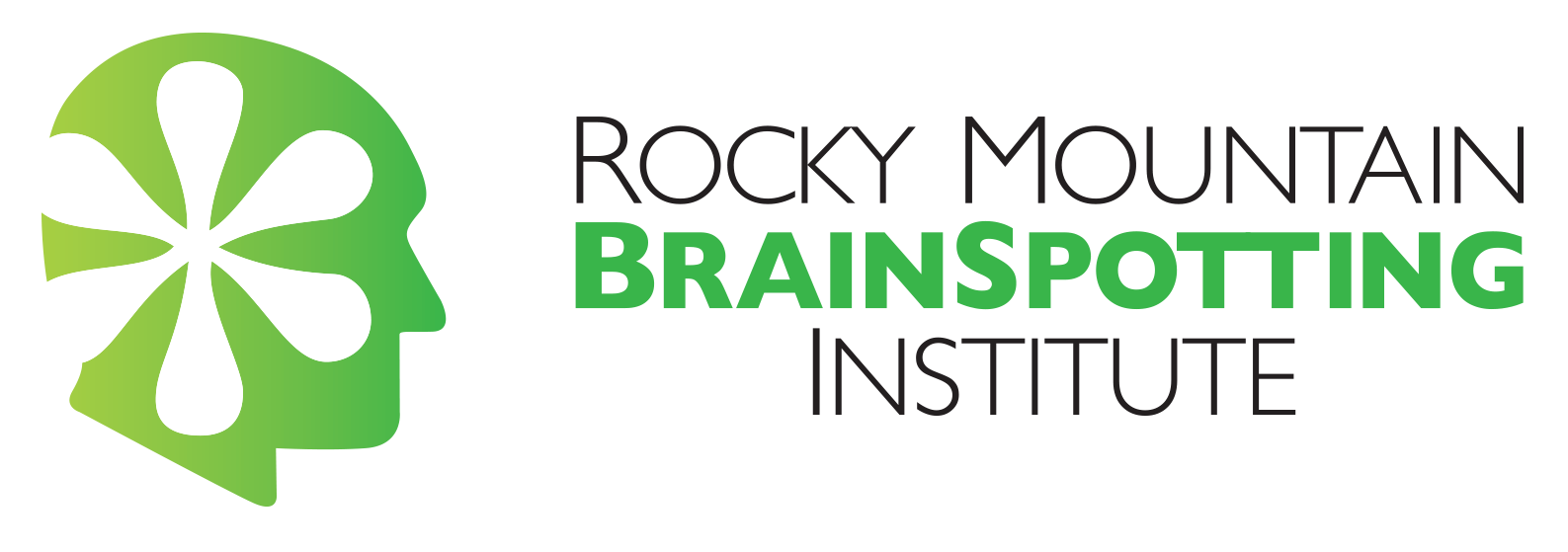UPDATED 2022: Three BSPs
(For a printable PDF of this model, please visit Dr. Pie Frey’s website. May be reprinted or distributed with attribution.)
Based on: Chapter 6 – “Brain Lock Unlocked: Using Plasticity to Stop Worries, Obsessions, Compulsions, and Bad Habits”, The Brain That Changes Itself, Norman Doidge, MD
Based on the work of Jeffrey M Schwartz, MD, Brain Lock: Free Yourself from Obsessive-Compulsive Behavior
Have the client read Chapter 6 in The Brain That Changes Itself, unless the chapter is too intense for them. This prepares the client with necessary information to facilitate an informed discussion concerning Dr. Schwartz’s explanation of the parts of the brain that are involved in OCD, panic attacks, compulsive shoplifting, and lying. His work is based on the research, which is explained to the client, which reinforces the neocortex. Take as much time to discuss what is stated in the chapter as is necessary for the client to fully accept and believe this research and information. It is important that the client understands and believes that the issue is not about them. The issue is about the problem in the brain; faulty wiring in the brain, stuck transmission, and the constant looping in the brain. This point is what the first Brainspot (BSP)is about…the client must agree that it is a brain issue. Use whatever language is useful for the client. In order for this model to work, the client must fully believe that their OCD is a brain issue. The goal of this model is for your clients to use these three Brainspots outside of your office when the obsessive thoughts and behaviors start. Those same three BSPs tend to last for as long as appears to be needed.
OCD SET UP:
1) Identify the client’s obsessive thought(s) or compulsive behavior(s).
2) BSP #1 is an Inside Window BSP and is based on the client having a strong belief and acceptance that the issue is about a faulty circuit in three parts of the client’s brain. It is a brain issue.
- a) “Yes, I do have a problem right now. It’s my OCD. There’s a stuckness in my brain.”
- b) Using the 0-10 scale, have the client rate the level of their belief that it is a brain issue (0=completely false and 10=completely true).
- i) The goal is to process the client’s belief and acceptance that the OCD issue is a brain problem up to a 10 (the chapter helps the client understand this fact).
- ii) The emotion at this point is often relief.
- c) Once the client can bring his/her belief to a 10 (or close to a 10), have the client go off the BSP and briefly bring up the obsessive thought or compulsive behavior and associated emotion (usually anxiety
- d) Have the client rate the intensity of the thought/behavior and emotion from 0-10 (SUDS scale).
- e) Have the client develop an Inside Window BSP on the intensity of their OCD and the feeling that goes along with it. This is BSP #2.
- f) While the client is at BSP #2, you will want to help the client relabel their obsessive thought or compulsion by reminding them that it is not about their specific thought, it is about their OCD. Specific thoughts come and go. From this moment, you will be moving the client from BSP #2 to BSP #1. You will be moving the client back and forth from BSP #2 (their OCD and the emotion/anxiety) to BSP #1 (it is a brain issue and it’s emotion/relief).[1]
- g) Ask the client to notice any feelings and physiological experiences in their body while focusing on the facts. Oftentimes, reading parts of Chapter 6 to them while at BSP #1 is helpful.
- i) Invite the client to imagine faulty circuitry in their brain compared to what it looks like when healthy circuits shift smoothly. Use brain scan pictures of a Healthy Brain vs. an OCD Brain for the client to observe. Visual pictures of the different brains often helps the client.
- h) When indicated, have the client rate the intensity of emotion (SUDS get down to 0) with BSP #2
- i) Continue to observe for processing cues until the client is calm and SUDS 0.
3) When SUDS of the emotion (usually anxiety) is down to a 0, help the client refocus on activities that they do that give them pleasure and creates as many positive feelings as possible. If they are unable to imagine pleasurable activities, help the client to find a positive resource spot in their body.
4) BSP #3 is also an Inside Window BSP. Using the images/memories/thoughts associated with the pleasurable activities or if the client found a body resource, find the BSP where it is the strongest positive emotion (SURS—Subjective Unit of Resource Scale 0-10).
- a) Stay on BSP #3 until positive feelings or resource increase to a 10. Let the client stay there for a few minutes to enjoy.
- b) Then go off BSP #3. ave client briefly think about the obsessive thought or compulsion again, rating the intensity with the SUDS level. Then go back to BSP #1, repeating all the steps of 2 and 3.
5) Have client briefly think about the obsessive thought or compulsion again, rating the intensity with the SUDS level. Then go back to BSP #1, repeating all the steps of 2 and 3.
6) When SUDS get down to 0 again, have the client return to pleasure/resource BSP #3 until positive feelings as close to 10 come up again. Let client enjoy.
7) Practice processing back and forth from BSP #1 to BSP #2 and then BSP #3 until client feels very comfortable using this OCD Brainspotting technique on their own.
NOTES:
It is important the client understands that three parts of the brain are involved in obsessive thinking or compulsive behaviors.
1. The orbital frontal cortex detects mistakes and signals the obsessiveness. This area is more activated in an OCD brain.
2. The cingulate gyrus receives a signal that triggers the anxiety, transmitting signals to the sympathetic nervous system that result in the physical sensations in the gut and heart associated with dread.
3. The caudate nucleus does not shift smoothly and gets stuck while continuing to be flooded with signals from the orbital frontal cortex. The goal is to help the client figure out a visualization to shift the caudate nucleus.
- Relabel the “brain lock” by stating “Yes I do have a problem right now. It is not the issue that I am stating, it is my brain lock….my circuits aren’t working.” Relabeling is a distancing technique that allows the individual to observe the effects. The OCD is the result of a faulty circuit in the brain.
- Distinguish between the universal form of OCD (the worrisome thoughts and urges that intrude in one’s consciousness) and the content of the obsession (i.e., the dangerous germs). The more clients focus on content, the worse their condition becomes.
- Brainspot #3 is about refocusing on a positive, ideally pleasurable, activity after processing the worrisome content. Dr. Schwartz suggests doing an activity. This helps to “shift” the gear manually that is stuck in one of the three brain areas that mediate this behavior. If the client is unable to think of a pleasurable activity, start with a resource in the body BSP.
- ~ Neurons that fire together wire together. Dr. Schwartz wrote that by doing or thinking of something pleasurable in place of the obsessive thought or behavior, you will eventually form a new circuit that is gradually reinforced rather than the obsession. This de-linking is crucial because, while acting on a compulsion or obsession eases anxiety in the moment, it strengthens the circuit of the compulsion or obsessive thought and it will get worse.
- Brainspotting can help calm the feeling of anxiety AND rebuild new neuropathways by shifting the caudate nucleus. The client learns to refocus and stay out of the content of the obsession. As the client practices this technique (to be used outside of your office), the “manual gearshift” becomes more automatic.
The quicker the client recognizes the thought as OCD and goes to BSP #1 and BSP #2, the quicker the OCD and anxiety calm down. Episodes can become shorter and less frequent. Though they may reactivate during stressful times, it becomes easier for the client to regain control.

